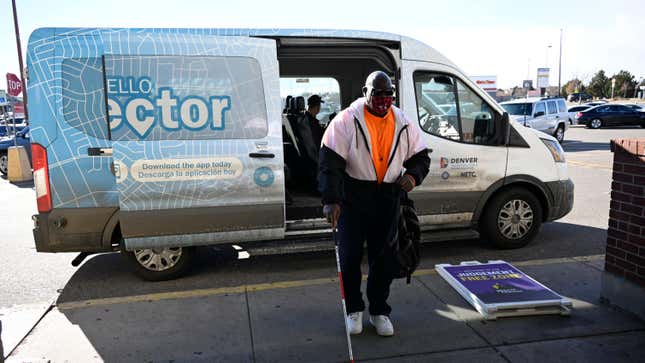
Microtransit is the latest American trend in public transportation to replace buses. Many small towns and underserved city neighborhoods have introduced affordable, app-based transit services operated using vans. While microtransit has proven to be popular, that popularity has been a problem. These services are prohibitively expensive to expand and highlight why bus services exist in the first place.
Microtransit has proven to be a lesson in economies of scale. Bloomberg CityLab explored why microtransit operations are next to impossible to expand and solutions that strip away the features that made microtransit appealing in the first place. Costs are at the heart of the issue. Vans can’t carry many passengers at once, and every van needs a driver. Higher demand necessitates more vans on the road, requiring more drivers.
Agencies could raise fares, increasing revenue and lowering demand. However, this direction would defeat the purpose of operating an affordable door-to-door service. Other agencies have rationed rides to keep demand low, but that isn’t convenient for users. Bloomberg explained the most cost-effective and extreme solution:
There is one final option: Make microtransit more like fixed-route service. Instead of offering door-to-door trips, the microtransit provider can instruct passengers to walk to a location that is more on the driver’s way. Doing so can reduce microtransit’s operational costs — but it also blurs the line with traditional bus service. “These companies like Via and Uber [that offer shared trips] always end up saying, ‘Why don’t you go a block or two to this pickup point,’ moving them toward a corridor that can be reached with fewer turns,” said Eric Goldwyn, a clinical assistant professor in the transportation and land-use program at New York University. “They end up just reinventing the bus,” in part because a fixed-route service can often transport many more passengers in an hour, even in sprawled areas.
Be sure to read the full story at Bloomberg CityLab. Microtransit might be affordable for governments to launch, but it’s just a stop-gap measure. Still, larger-scale public transportation systems would need to be established at some point to meet the community’s growing needs and keep costs realistic.

